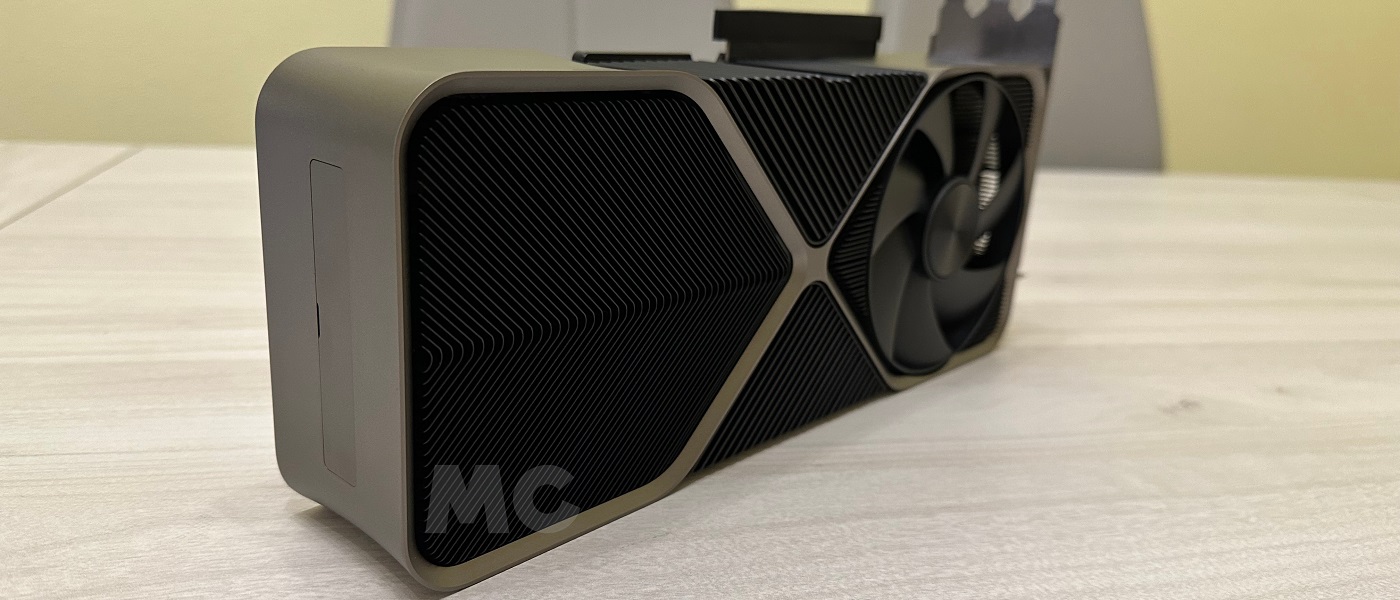GeForce RTX 5090 will happen Another top-of-the-line NVIDIA graphics card. It’s slated to launch in late 2024 or early 2025, though right now the information I’ve seen doesn’t quite agree, so both options are open.
The green giant will theoretically use a total of five GPUs to shape its GeForce RTX 50 series, and they will blackwell architecture, successor to current Ada Lovelace. This new architecture will introduce a number of very important changes that will make a noticeable difference compared to the current generation, and that will go beyond simply increasing raw performance.
As part of this whole series of changes that this new architecture will introduce we can highlight three this will be key to making the GeForce RTX 5090 the most powerful in its class and one of the most advanced graphics cards of its generation. Let’s discover them.
1.-GeForce RTX 5090 will (theoretically) use GDDR7 memory

And according to the latest information, it will have a huge data bus. As many of our readers will know, the GeForce RTX 4090 has adopted a 384-bit bus and uses 24 GB of GDDR6X memory at 21 GHz, which allows it to offer bandwidth 1008 GB/s.
In the case of the GeForce RTX 5090, it is said to use a 512-bit bus and that it will have 32 GB of GDDR7 memory at 32 GHz. If confirmed, the new top-of-the-line graphics card from NVIDIA would have 8 GB more graphics memory and its bandwidth would increase to 2 TB/s. If the 384-bit bus was retained, its bandwidth would be 1.5 TB/s, which means that even in the worst case it will mean a new record in terms of bandwidth.
Because it’s important?
Because the total bandwidth will increase, and this will allow that the communication between the GPU and the graphics memory is much faster. This can make a big difference, especially at 4K and above, which is where bandwidth has the biggest impact. On the other hand, a larger graphics memory will strengthen the professional side of the GeForce RTX 5090.
2.-GeForce RTX 5090 will have RT cores of the fourth generation

This will undoubtedly be one of the most interesting developments, as NVIDIA could bring far-reaching improvements improve gross performancei.e. the number of RT-FLOPs, and also further optimization and specific technologies which will allow us to enjoy more advanced ray tracing.
You have to remember that with Ada Lovelace and 3rd gen RT cores performance shot up to 191 RT-TFLOPs, and that at the same time Displaced Micro-Meshes and Opacity Micro-Mask technologies reduced the load and improved efficiency at the level of geometry and object opacity. Well, we can expect a similar approach from Blackwell, more performance and new optimizations.
Because it’s important?
Raw performance in ray tracing represents the graphics card’s ability to work with this type of technology, as it determines the number of ray-pixel operations it can handlebut that has to be reckoned with optimization is also key, because it allows to improve efficiency when working with this type of load. Finally, an important symbiosis is created between the two keys.
For example, Displaced Micro-Meshes uses micro-triangle meshes improve efficiency when working with ray tracing, as it greatly facilitates the compression of and interaction with particularly complex geometry. With the GeForce RTX 30 series, there is an option concurrent (simultaneous) work of shaders and RT coreswhich significantly increased performance.
3.-Fourth generation core Tensor and AI improvements

Artificial intelligence has happened one of the great pillars of modern gaming, and there is no doubt that NVIDIA was a big promoter of it. DLSS Super Resolution technology, based on AI algorithms and accelerated by the tensor cores of GeForce RTX 20 graphics cards, made it possible to enjoy high-quality scaling and image reconstruction techniques that brought us a lot of joy.
with frame generation NVIDIA has proven that AI still has something to say and with hardware acceleration (Optical Flow Accelerator) it has been able to make a big difference in supported games. GamesCom 2023 announced NVIDIA ACE, which uses artificial intelligence to create intelligent NPCsand DLSS 3.5, which introduces AI ray reconstruction.
With the arrival of NVIDIA’s GeForce RTX 5090, they are expected to take the opportunity to make an announcement improvement of these technologiesor introduce new ones that take advantage The fifth generation of tensor cores which will use the mentioned graphics card, and the entire RTX 50 series. It will be very interesting to see where NVIDIA goes with AI in its next generation.
Because it’s important?
Because with AI, NVIDIA has achieved things that would be impossible to pull purely on raw power, and because this technology opens the door to excellent performance levels even in mid-range graphics cards while maintaining a good high level of efficiency. Consider, for example, the GeForce RTX 4060, a graphics card that consumes only 117 watts is able to move Cyberpunk 2077 in Overdrive mode.
Thanks to AI, it will be possible to continue to improve performance in games, as well as introduce new features and technologies that help optimize them in these future generations of graphics cards. It will also be possible to create games more complex, more advanced and more realistic without skyrocketing costs in terms of performance and energy consumption.
















